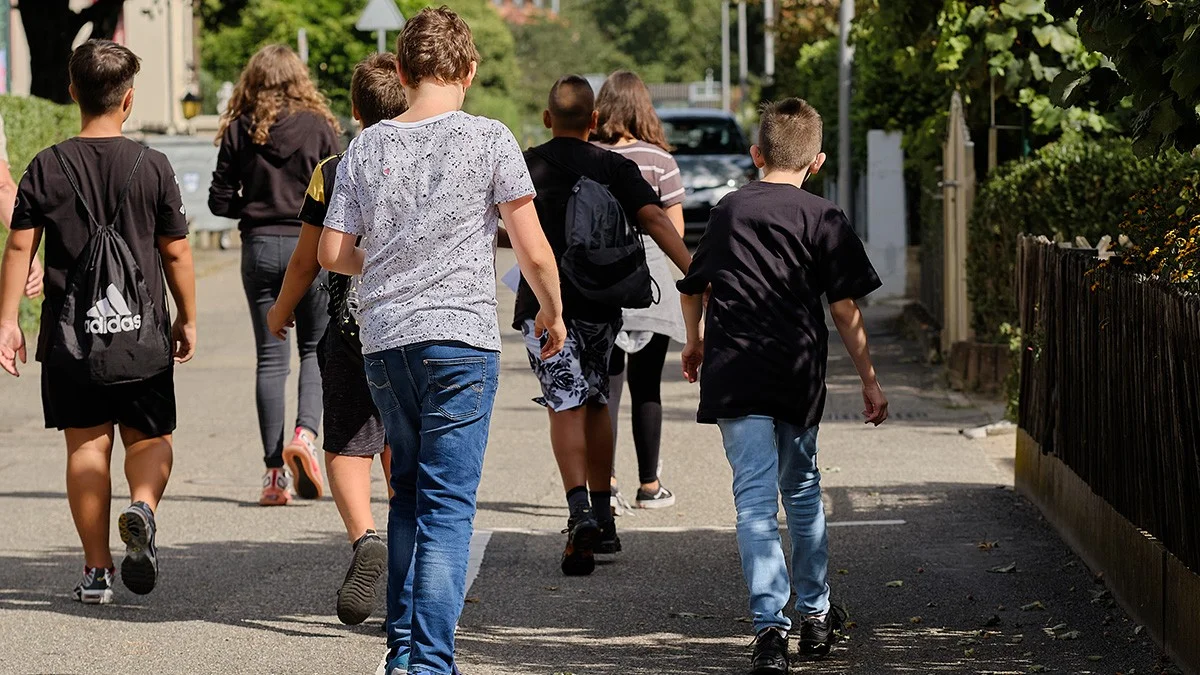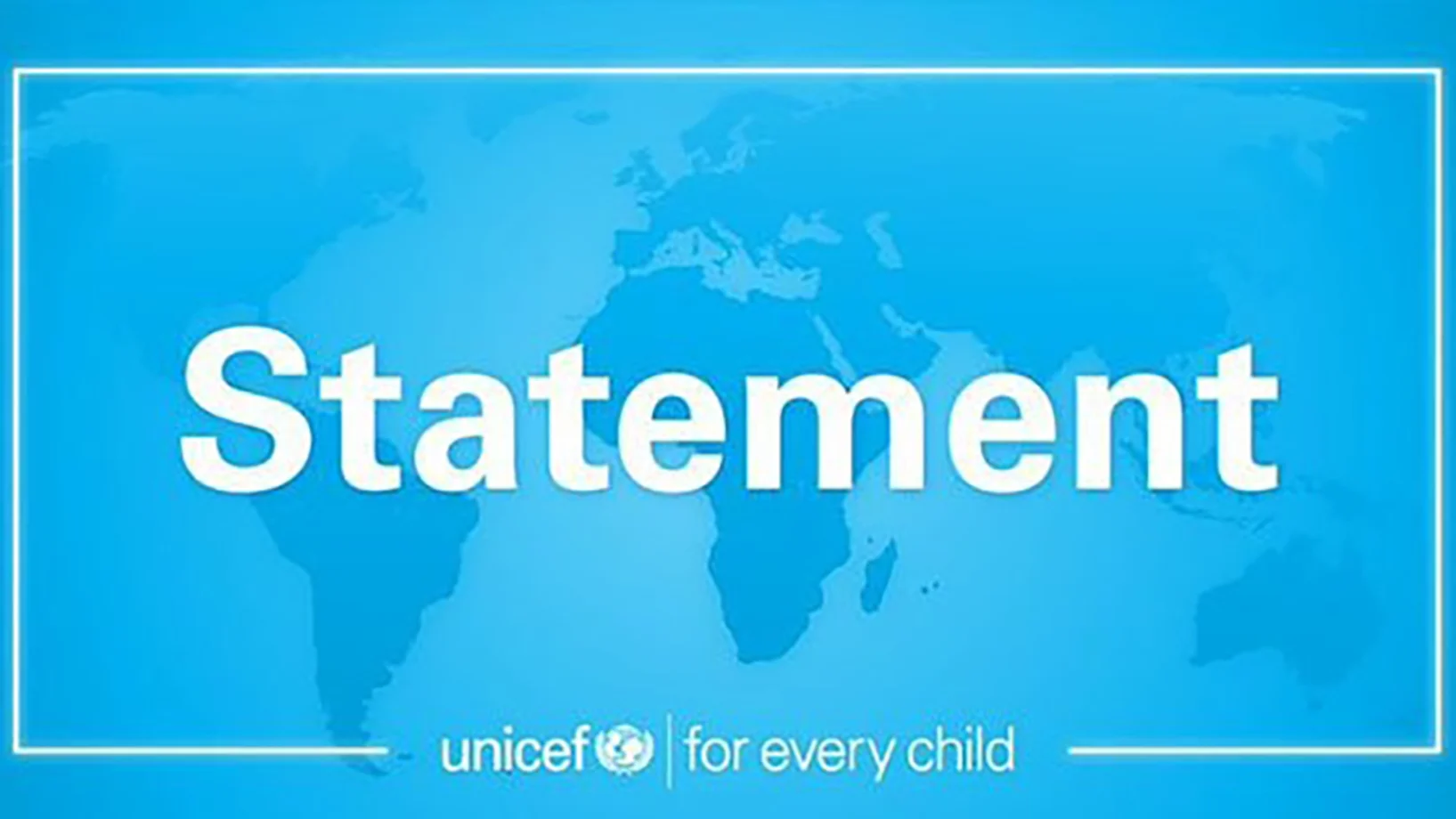Statement by UNICEF Switzerland and Liechtenstein in response to the decision of the Studen municipality in Bern to introduce a night-time curfew from 22h00 to 06h00 for children younger than 14 from July 1.
- To what extent may the personal freedom of children be restricted?
The Swiss Federal Constitution states in Art. 10 that every person has the right to life and personal freedom. Para. 2 also includes the right to freedom of movement. The fundamental rights enacted in the Federal Constitution apply to everybody, including to children.
Any restriction of these civil liberties constitutes a denial of personal freedom. A curfew is a temporary deprivation of freedom for the period in question.
As is the case for adults, the personal freedom of children ends where it infringes the rights of others. It can be restricted in the interests of public security or general safety, but must always be justified and reasonable. This was the case, for example, during the COVID pandemic, but then it applied equally to the whole population, and only for a limited period. In this case a distinction is being made, i.e. between children and adults.
- What does the curfew mean for the children?
The curfew is quite clearly a violation of children’s rights. Because children’s rights apply unconditionally and at all times, for all children between the ages of 0 and 18.
Under the curfew, children younger than 14 may not go out in public without a person with parental authority between 22:00 and 6:00. It is argued that this is a preventive measure designed to protect the children. The reasoning is therefore that it has a positive effect on the children themselves, but this ignores childen’s rights and the effects of an absence of the curfew, such as children being able to move around freely.
Such a decision also throws general suspicion on all children, namely that they are a public nuisance and disrupt social co-existence. This sends a very strong and negative signal to children.
- Does this decision fail to respect childen’s rights?
The curfew restricts and even disregards the rights guaranteed by the UN Convention on the Rights of the Child. Switzerland ratified the Convention on the Rights of the Child in 1997, thus undertaking to implement child rights. Under Art. 4 of the Convention (implementation of children’s rights), the federal government is obliged to take action against the curfew because it violates both childrem’s rights and fundamental rights (Art. 10 Federal Constitution).
This relates to
Art. 2: No discrimination
There is discrimination here against children compared to other age groups because the same rules do not apply to everybody
Art. 3: Best interest of the child
This principle is violated in that the interests of individual population groups are given different priorities.
Art. 12: Respect for children’s views
Although a preventive approach makes sense, it would be better to involve children in processes designed to find solutions and enter into a dialog with the target group. Increased cooperation between players from the community, the police, children's and youth work services, schools, neighborhood organizations, parents' organizations, etc. should be aimed for. Entering into a dialog with the children themselves could even result in measures that not only receive better acceptance, but comply with the UN Child Rights Convention and the Swiss Federal Constitution.
Art. 15: Freedom of association and peaceful assembly
This right is temporarily restricted, which in this case does not seem to be a reasonable encroachment on the rights of personal liberty.
Art. 31: Rest, play, culture, arts
These rights are temporarily restricted, and no provision is made for weekends and holidays, when children are often allowed to play outside for longer.
- Are you aware of situations similar to Studen's curfew?
In the context of UNICEF's "Child Friendly Cities" initiative, UNICEF Switzerland and Liechtenstein has found that there are widespread conflicts about utilization of public spaces. These often lead to the installation of prohibition signs in public areas, a practice that worsened during the COVID pandemic. Another challenge at community level is that often there are no meeting places for children and young people. It is also a problem when central spaces belong to private landowners who rule that children are not allowed to spend time there.
We often also find that children have no or only limited access to specific places and meeting points, including, for example, playgrounds and schoolyards that may not be used outside of school hours.
- What are the alternatives to a curfew?
Children and young people are often linked at community level to vandalism, noise, pollution, etc. Preventive measures should start with dialog and the raising of awareness. For example, communities can engage in active discussions with different population groups, work together to formulate recommendations and guidelines, and cooperate more closely with local children’s and youth work services in the form of outreach work, for instance. Or, if not yet in place, they can introduce children’s and youth work services. It is also important to provide children and young people with places where they can spend time and meet their friends, and which they can claim as their own and design themselves.
If conflicts or vandalism still occur in public areas, such cases must be investigated and assessed on an ad hoc basis. It is unreasonable to collectively punish all children and young people.
You can listen here to the full interview of RSI Radio della Svizzera Italiana with Mona Meienberg, Head of Child Friendly Community and City Development at UNICEF Switzerland and Liechtenstein.



